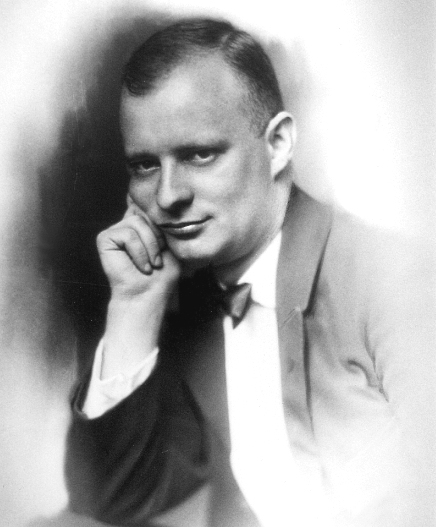In Celebration of the Human Voice - The Essential Musical Instrument
Home | Doo Wop | Barbershop | World | Contemporary | Christian | Vocal Jazz | Choral | Christmas | Instructional | Arrangements
Classical | Opera | Musicals | Personality | Young Singers | Disney | Videos | Songs | The Artists

Paul Hindemith Biography

Click Here for Sheet Music and Songbook Vocal Arrangements
Paul Hindemith was a German composer, violist, violinist, teacher, music theorist and conductor. Born in Hanau, near Frankfurt, Hindemith was taught the violin as a child. He entered Frankfurt's Hoch'sche Konservatorium, where he studied violin with Adolf Rebner, as well as conducting and composition with Arnold Mendelssohn and Bernhard Sekles. At first he supported himself by playing in dance bands and musical-comedy groups. He became deputy leader of the Frankfurt Opera Orchestra in 1914, and was promoted to leader in 1917. He played second violin in the Rebner String Quartet from 1914. In 1921 he founded the Amar Quartet,(1) playing viola, and extensively toured Europe.
In 1922, some of his pieces were played in the International Society for Contemporary Music festival at Salzburg, which first brought him to the attention of an international audience. The following year, he began to work as an organizer of the Donaueschingen Festival, where he programmed works by several avant garde composers, including Anton Webern and Arnold Schoenberg. From 1927 he taught composition at the Berliner Hochschule fur Musik in Berlin.
During the 1930s he made a visit to Cairo and several visits to Ankara where (at the invitation of Mustafa Kemal Ataturk) he led the task of reorganizing Turkish music education and the early efforts for the establishment of Turkish State Opera and Ballet. Towards the end of the 1930s, he made several tours in America as a viola and viola d'amore soloist.
Hindemith is among the most significant German composers of his time. His early works are in a late romantic idiom, and he later produced expressionist works, rather in the style of early Arnold Schoenberg, before developing a leaner, contrapuntally complex style in the 1920s. This style has been described as neoclassical,(citation needed) but is very different from the works by Igor Stravinsky labeled with that term, owing more to the contrapuntal language of Bach than the Classical clarity of Mozart.
Most of Hindemith's music employs a unique system that is tonal but non-diatonic. Like most tonal music, it is centered on a tonic and modulates from one tonal center to another, but it uses all 12 notes freely rather than relying on a scale picked as a subset of these notes. Hindemith even rewrote some of his music after developing this system. One of the key features of his system is that he ranks all musical intervals of the 12-tone equally tempered scale from the most consonant to the most dissonant. He classifies chords in six categories, on the basis of how dissonant they are, whether or not they contain a tritone, and whether or not they clearly suggest a root or tonal center. Hindemith's philosophy also encompassed melody-he strove for melodies that do not clearly outline major or minor triads. |
Select a Category |
Want to Sing? - Find a Chorus Near You
List of Choruses by State | List of Choruses by City
